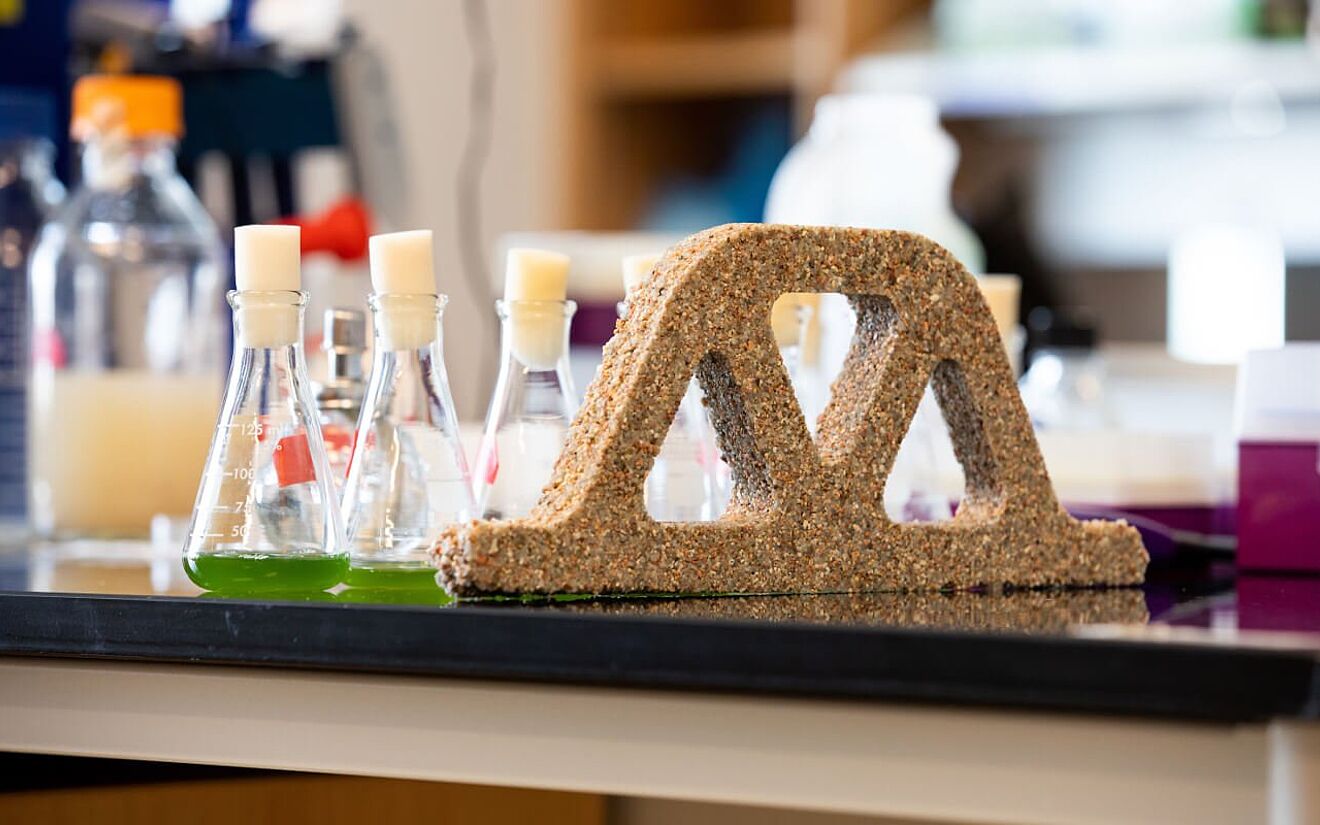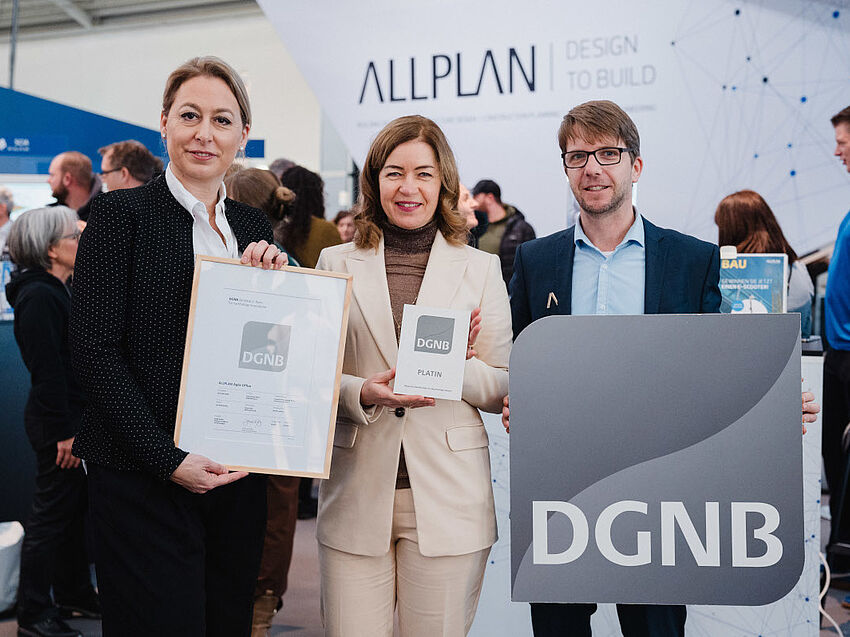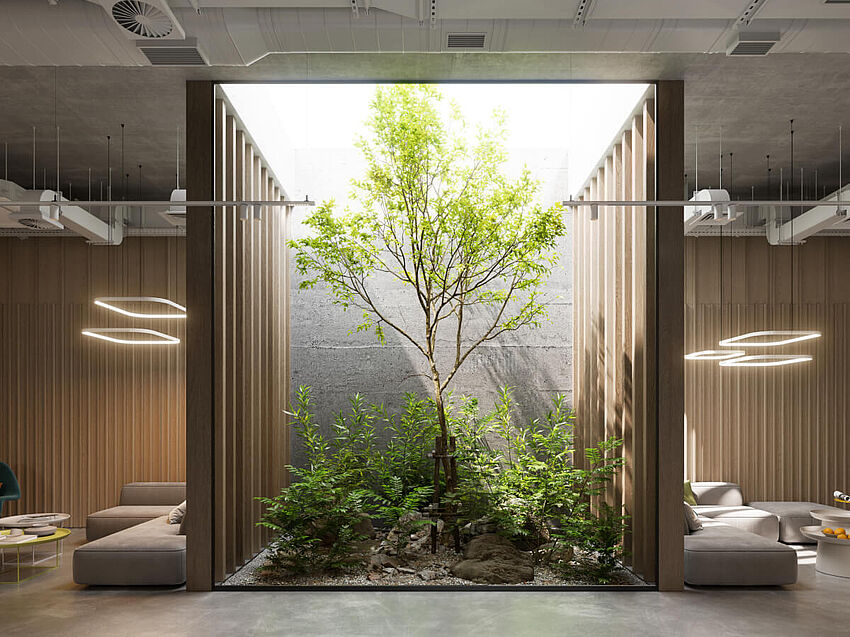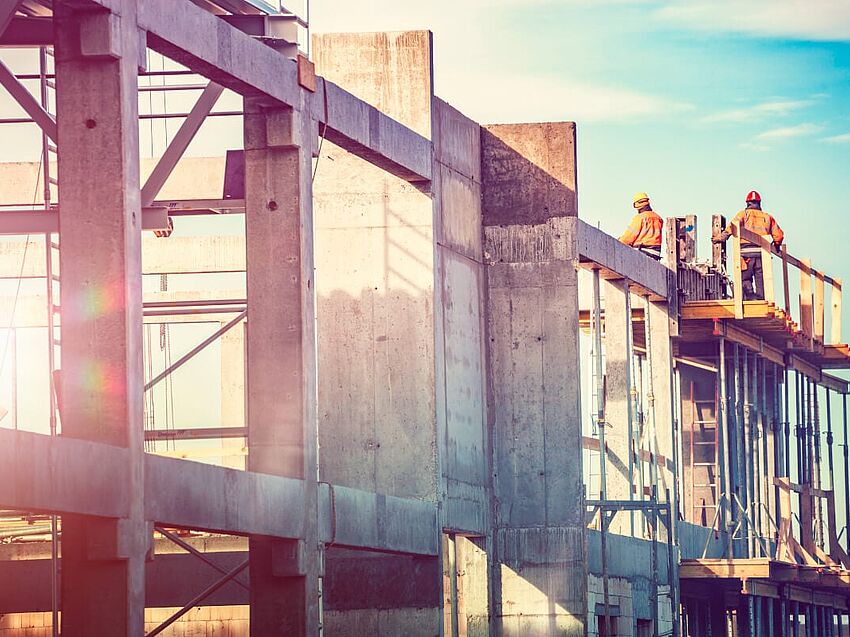Researchers at CU Boulder are developing self-healing bricks from bacteria that eat CO2 during their production.
Biological materials like wood are increasingly in demand. But when we use them, they are already dead. But what if we could use living building materials and let nature work for us? A research group at the University of Colorado Boulder is currently investigating this question. The team from the Department of Civil, Environment and Architectural Engineering (CEAE) is developing a cementitious material that not only extracts CO2 from the air, but also heals and reproduces it.
Cyanobacteria, sand and gelatine
Take cyanobacteria, sand and gelatine, and - voilà - the mixture is ready for one of the most exciting building materials currently being researched. It is probably not quite as simple as that, but the research group around Will Srubar at the CU Boulder is actually making bricks from these ingredients. The bacteria absorb CO2 from the air and produce calcium carbonate - the most important component of both limestone and cement. This substance in turn mineralizes the gelatine that binds the sand.
Bacteria eat CO2 - and survive
The great thing about this type of brick is that it absorbs CO2 from the air instead of emitting it during its production. But that's not all: the researchers also discovered that the material can be reproduced. If a brick is broken in two, a completely new one can be created from each of the two halves. Of course, the decisive factor here is that the bacteria remain alive. In this respect, the research results so far are promising: in the special sand-gelatine mixture, nine to 14 percent of the bacteria were still alive after 30 days. In an experiment in which the microbes were added to concrete as a self-healing additive, the figure was less than one percent.
Exponential production
Once the survival of the bacteria is guaranteed, they would be a production technology dream. "We know that bacteria multiply exponentially," says Srubar. "This is different from 3D printing a stone or making a brick, for example. But if we can biologically cultivate our materials, we can produce them in exponential proportions."
The new building material is still in its infancy. The biggest problem is that cyanobacteria need a moist environment to survive. In dry regions, therefore, the use of the material would currently still be ruled out. However, Srubar and his team are working on cultivating bacteria that are more resistant to dehydration. However, once such hurdles are removed, the potential would be great. Wil Srubar imagines ready-made mixtures that are delivered in bags and to which one only has to add water.
In addition to self-healing, the engineers are already dreaming of other properties with which the organic bricks could be equipped, such as the absorption of toxins from the air or lights on command.




